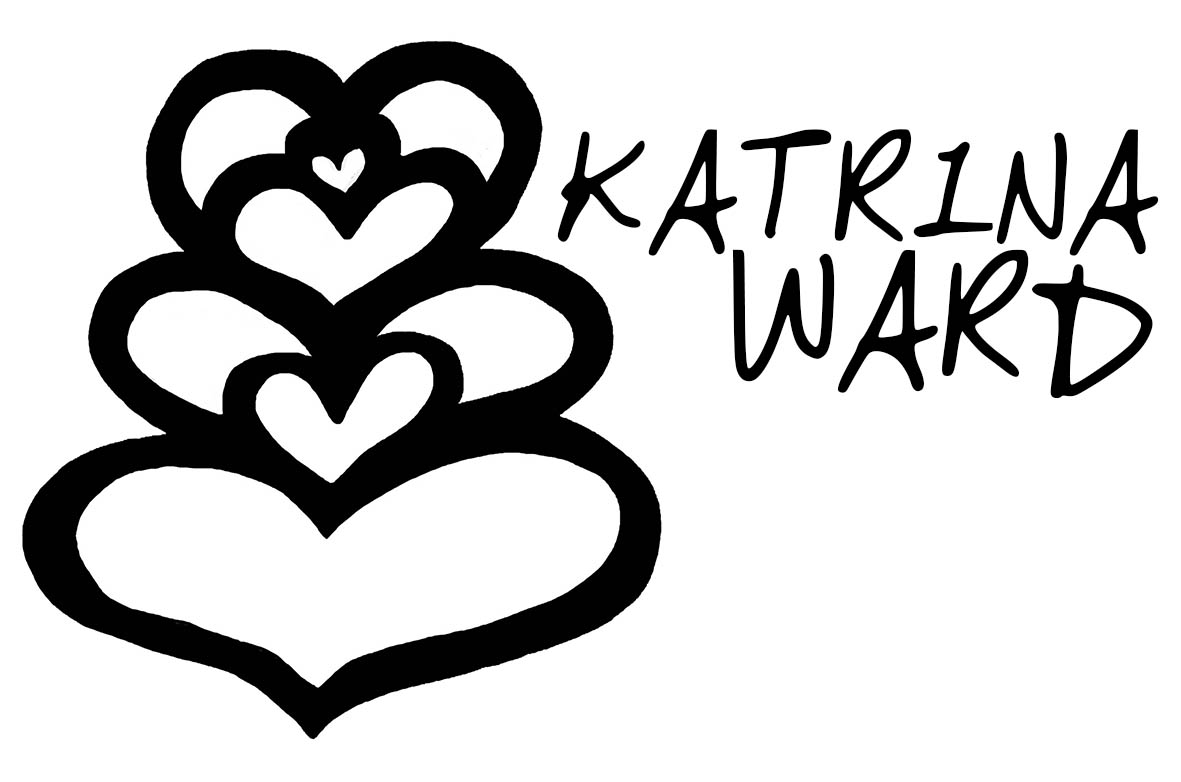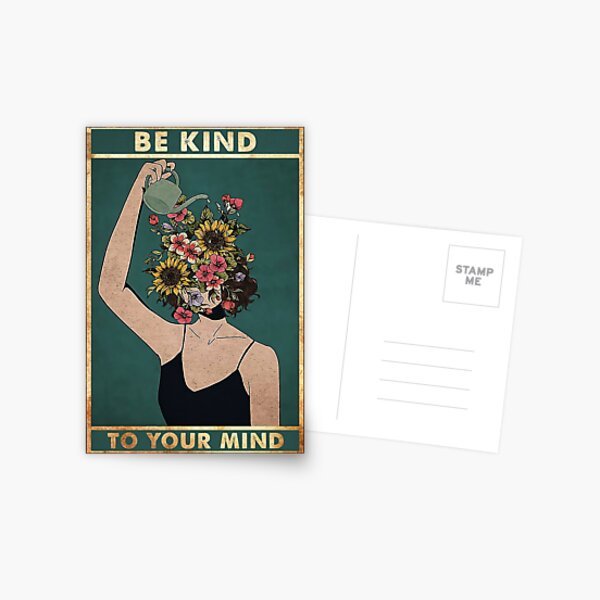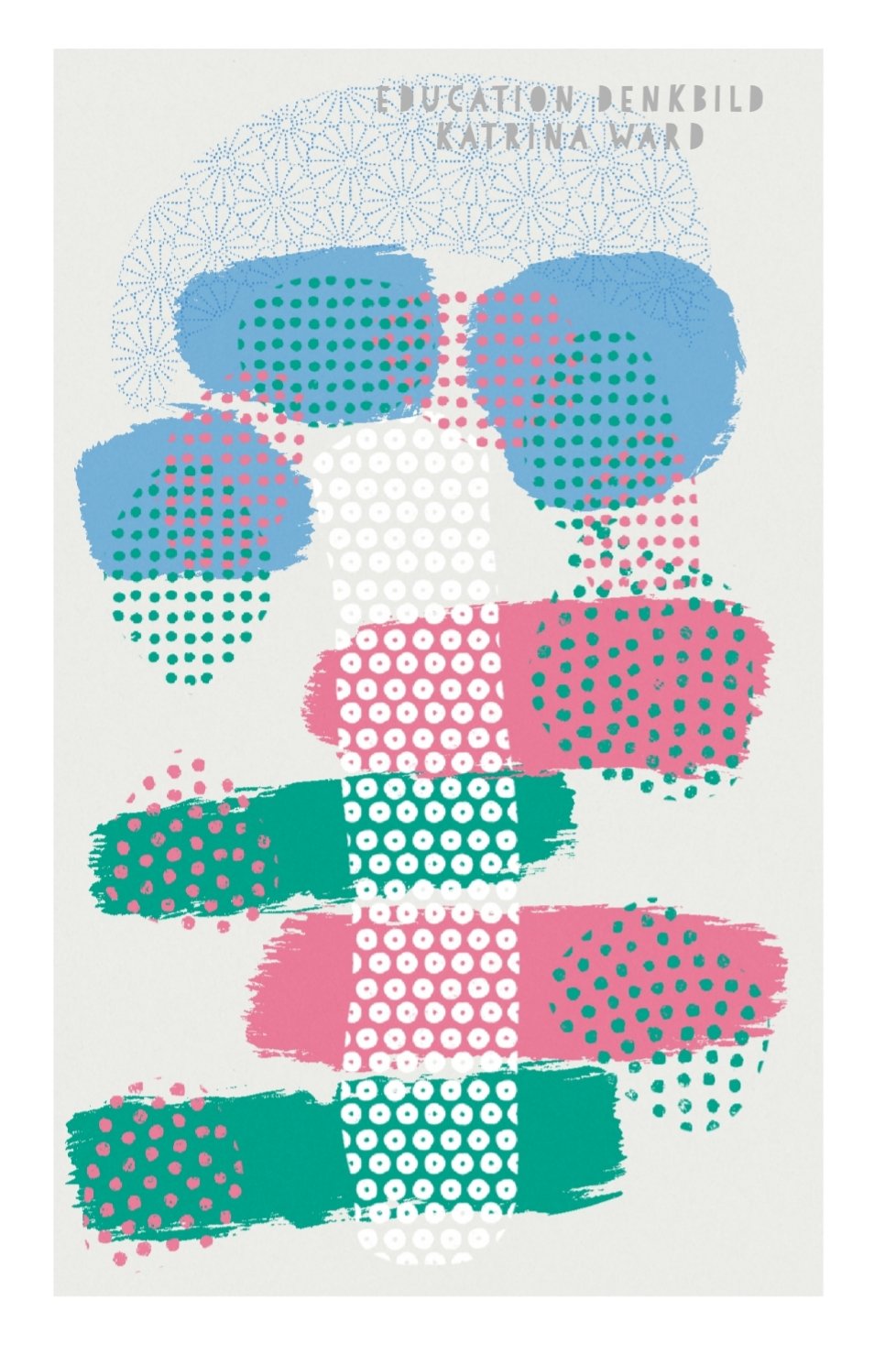The 21st Century should have transformed the way that we approach teaching and learning by now. But in many cases, we have a long way to go. What best practice ‘looks like’ has evolved significantly since the ‘train them for the factory’ mentality of 20th Century Institutions, but many students are yet to experience what 21st Century learning looks like, sounds like, and even feels like.
While traditional 20th Century methods emphasise ‘chalk and talk’ and ‘guess what is in my head because I am the expert’ conformity, modern pedagogy is about empowering learners with critical thinking skills, creativity, collaboration, digital fluency and agency to choose and direct their own learning. Yet, there are still educators who, clinging to a fixed mindset of the past, are fearful that letting go of their ‘sage on stage’ position and allowing their students to think for themselves will lead to chaos, revolt and a stripping of mana. My mantra is this: "It will never work if we don’t try".
Thinking with a growth mindset is the only way through.
Why does a fixed mindset get in the way?
A fixed mindset is the belief that learners’ abilities, intelligence, and talents are fixed traits that cannot be developed. These students don’t learn like that. These children can’t think for themselves. These children don’t work well together. The only effective teaching is lecturing. Students won’t behave unless we make them do X. (etc).
BUT
If we don’t give students an opportunity to learn for themselves, think for themselves, work with each other and try new things, they simply never will. It will never work if we don’t try. Therefore, we have to try if we want it to work.
Risk-taking needs to apply to teachers as well as to students. Asking ‘what if’ and ‘I wonder what might happen when’ is the beginning of making meaningful change. Using the classroom more like a laboratory and looking for hypotheses, catalysts and experimental data is a shift in mindset which allows for more ‘play’ in the gears. Fixed mindset teachers may fear that allowing students to think for themselves will lead to mistakes and chaos in the classroom (and sometimes it does but this doesn’t mean pulling back and scaffolding more to try again). Having immersed myself in classes with just such chaos, it is a switch in thinking about ‘what learning looks like.’ Learning does not look like writing down what your teacher says. Learning looks like making mistakes, giving things a go, seeing if others have the missing skills to support you, supporting others and becoming brave to try new things with thinking and experimentation.
We underestimate student potential. Recently I gave some year 9 students an experiential learning opportunity to figure some things out. Research sources were provided alongside a ‘how to make an explainer video’ on Canva video link. I gave them a brief explanation of what an explainer video was and then pressed the ‘invisible launch button’. Some students struggled. Some were slow at first. Some teetered on the edge, as if on a cliff, and were afraid to click the links. But some flew. And then others worked out how to fly too…
With another class I have been ‘weaning them’ into it. Each time I launch a weekly quest (the whole week’s learning on a learning map (literally a road map made on Canva), I am taking away a bit of the scaffolding. Baby steps. Baby steps. But such important baby steps.
Students are often capable of so much more than they're given credit for. But, how can we know, if we never give them space to try?
The conformity over creativity conundrum is rife. I want students to listen and do what I say when I am giving them instructions. But I also want them to feel confident to ask questions and challenge the status quo. I want them to work out if there are gaps in my thinking and I want them to suggest new ways to show their learning. If I had a fixed mindset before designing tasks for them - i.e. I must give them a worksheet or a cloze activity with the answers because that is all they are capable of - then how could I know what great new things they might fill the gaps with? How will I know that they can’t make their own explainer video? How will I know that they can’t write, edit and record a podcast script if I don’t offer them the opportunity. We can always redirect, revisit the initial launch stage and tweak instructions to add more scaffolding - but the important thing is that we have to try. We have to try to give them an opportunity to try.








